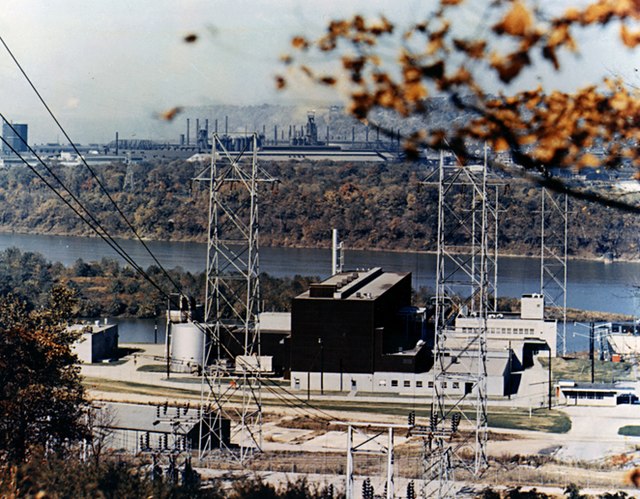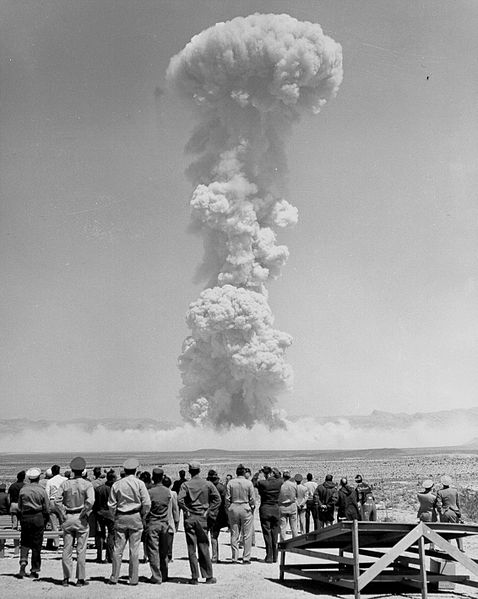Uranium-233 is a fissile isotope of uranium that is bred from thorium-232 as part of the thorium fuel cycle. Uranium-233 was investigated for use in nuclear weapons and as a reactor fuel. It has been used successfully in experimental nuclear reactors and has been proposed for much wider use as a nuclear fuel. It has a half-life of 160,000 years.
Molten-Salt Reactor Experiment
Shippingport Atomic Power Station
German THTR-300
The first detonation of a nuclear bomb that included U-233, on 15 April 1955
The thorium fuel cycle is a nuclear fuel cycle that uses an isotope of thorium, 232Th, as the fertile material. In the reactor, 232Th is transmuted into the fissile artificial uranium isotope 233U which is the nuclear fuel. Unlike natural uranium, natural thorium contains only trace amounts of fissile material, which are insufficient to initiate a nuclear chain reaction. Additional fissile material or another neutron source is necessary to initiate the fuel cycle. In a thorium-fuelled reactor, 232Th absorbs neutrons to produce 233U. This parallels the process in uranium breeder reactors whereby fertile 238U absorbs neutrons to form fissile 239Pu. Depending on the design of the reactor and fuel cycle, the generated 233U either fissions in situ or is chemically separated from the used nuclear fuel and formed into new nuclear fuel.
A sample of thorium





